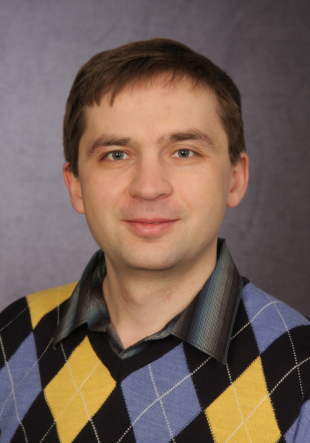Derived–tame algebras and non–commutative nodal curves
Overview
The goal of this project is to develop a systematic theory of non-commutative nodal projective curves, similar to the theory of weighted projective lines of Geigle and Lenzing. In particular, we want to clarify when the derived category of coherent sheaves on such a curve admits a tilting object, and describe the classes of tilted algebras arising in this way. We are especially interested in the case when the non-commutative nodal curve we start with (and as a result, the corresponding tilted algebra) has tame derived representation type.Using this approach, we anticipate to treat with new methods old problems about spherical objects and auto-equivalences of the derived category of coherent sheaves on a cycle of projective lines.
DFG Programme Research Grants
Key Facts
- Grant Number:
- 283334198
- Project type:
- Sonstiger Zweck
- Project duration:
- 01/2015 - 12/2019
- Funded by:
- Deutsche Forschungsgemeinschaft (DFG)
- Website:
-
DFG-Datenbank gepris
More Information
Results
In a joint work with Yuriy Drozd, I have settled the theory of non-commutative nodal curves and clarified the criterion of their tameness. This work led to a discovery of a new class of derived-tame algebras called quasi-gentle. In a more general context of non-commutative noetherian schemes, Drozd and myself established a general Morita theorem and gave a new proof of a conjecture of Caldararu on Morita equivalences of Azumaya algebras on noetherian schemes. Using an insight from the homological mirror symmetry, Lekili and Polishchuk discovered, that two tame non-commutative nodal curves can be Morita non-equivalent, but have equivalent derived categories of coherent sheaves. Elaborating ideas of Lekili and Polishchuk, Drozd and myself provided a version of the homological mirror symmetry for general tame non-commutative nodal curves of gentle type. In a joint work with Plamondon and Schroll, Sebastian Opper introduced a combinatorial model of a gentle algebra. Using the developed technique, he discovered (independently to Amiot, Plamondon and Schroll) a full derived invariant of a gentle algebra. Finally, Sebastian Opper gave an answer to an old question of Polishchuk on spherical objects on cycles of projective lines, posed more than fifteen years ago. On the derived categories of gentle and skew-gentle algebras: homological algebra and matrix problems I. Burban, Yu. Drozd (See online at https://arxiv.org/abs/1706.08358) A geometric model for the derived category of gentle algebras S. Opper, P.-G. Plamondon, S. Schroll (See online at https://arxiv.org/abs/1801.09659) Non-commutative nodal curves and derived-tame algebras I. Burban, Yu. Drozd (See online at https://arxiv.org/abs/1805.05174) Morita theory for non-commutative noetherian schemes I. Burban, Yu. Drozd (See online at https://arxiv.org/abs/1911.01242) On auto-equivalences and complete derived invariants of gentle algebras S. Opper (See online at https://arxiv.org/abs/1904.04859)Project-related publications (selection)

